Understanding Optical Windows: Function, Materials, and Applications
Created at : Mar 31 2025
Optical windows are essential components in many advanced optical systems, serving as transparent barriers that allow light to pass through while protecting delicate internal components from environmental factors such as dust, moisture, or chemicals. These precision-engineered elements are designed to maintain optical clarity and performance without distorting the light that passes through them.
What Is an Optical Window?
An optical window is a flat, transparent plate that is typically placed at the entrance or exit of an optical device. Its primary function is to transmit light from one environment to another without altering the light's wavelength or direction. Unlike lenses or mirrors, optical windows do not focus or reflect light—they simply provide a protective, optically clear path for light to travel through.
Materials Used in Optical Windows
The choice of material for an optical window depends on several factors, including the wavelength of light being used, environmental conditions, and required durability. Common materials include:
- Optical Glass – Ideal for visible light applications.
- Fused Silica – Excellent for UV and high-temperature environments.
- Sapphire – Extremely hard and scratch-resistant, suitable for harsh conditions.
- Quartz – Known for its high transmission in the UV and IR spectrums.
- Plastics – Lightweight and cost-effective for less demanding applications.
Each material has its own transmission range and physical properties, making it important to match the window material to the specific needs of the application.
Optical Coatings
To further enhance performance, optical windows are often treated with anti-reflective (AR) coatings. These coatings reduce surface reflections, allowing more light to pass through and improving overall system efficiency. Specialized coatings can also be applied to block certain wavelengths or provide additional environmental protection.
Applications of Optical Windows
Due to their versatility and importance in maintaining optical integrity, optical windows are used in a wide range of industries and devices, including:
- Laser systems – Protect laser components while allowing beam passage.
- Cameras and imaging systems – Maintain image clarity by shielding sensors from contamination.
- Medical equipment – Provide sterile, optically clear interfaces in diagnostic tools.
- Aerospace and defense – Withstand extreme temperatures and pressures.
- Scientific instrumentation – Ensure accurate light transmission for measurement and analysis.
Conclusion
Optical windows may appear simple, but they play a vital role in maintaining the performance and reliability of complex optical systems. By carefully selecting the right material and coatings, engineers and designers can ensure optimal light transmission and protection in even the most demanding environments.

 CUSTOM OPTICAL FILTERS
CUSTOM OPTICAL FILTERS
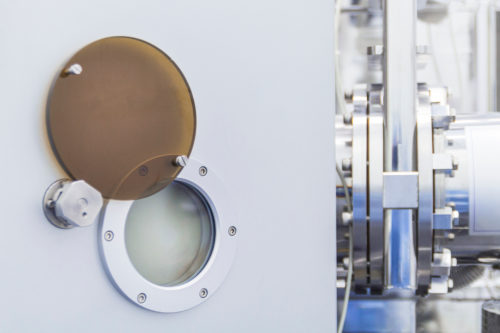 OPTICAL WINDOWS
OPTICAL WINDOWS
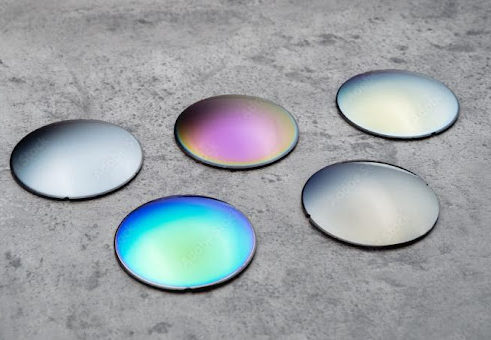 OPTICAL COATINGS
OPTICAL COATINGS
 UV OPTICS
UV OPTICS
 CYLINDRICAL OPTICS
CYLINDRICAL OPTICS
 CUSTOM TEMPERED OPTICS
CUSTOM TEMPERED OPTICS
 OPTICAL MIRRORS
OPTICAL MIRRORS
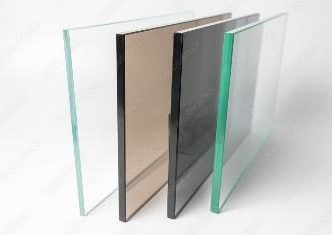 NEUTRAL DENSITY
NEUTRAL DENSITY
 PRISMS & RETROREFLECTORS
PRISMS & RETROREFLECTORS
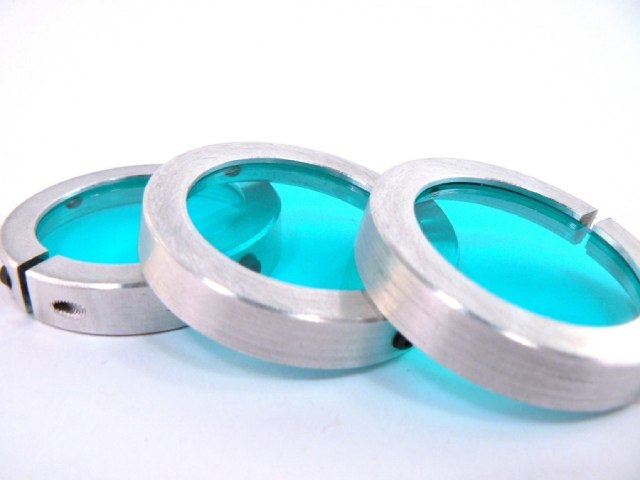 ASSEMBLIES
ASSEMBLIES
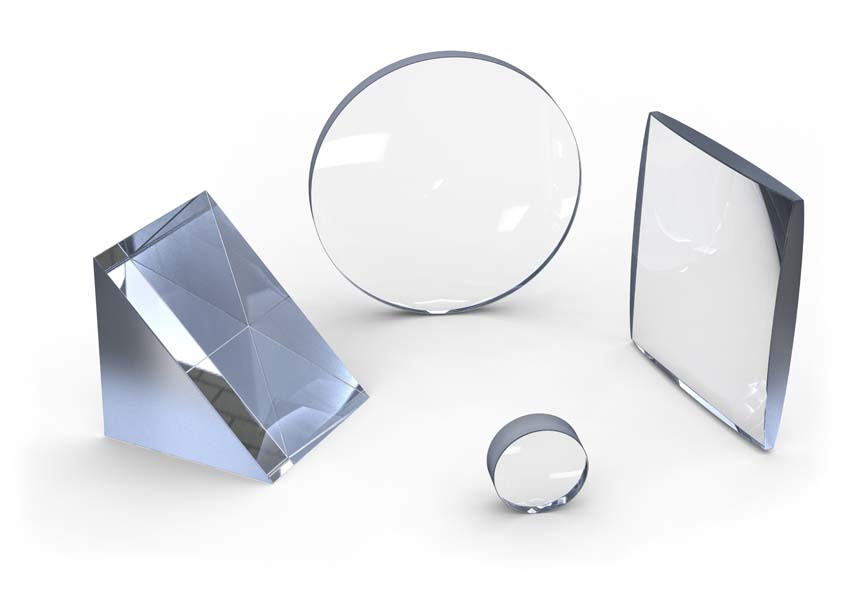 OPTICAL LENSES
OPTICAL LENSES
 NIGHT VISION FILTERS
NIGHT VISION FILTERS
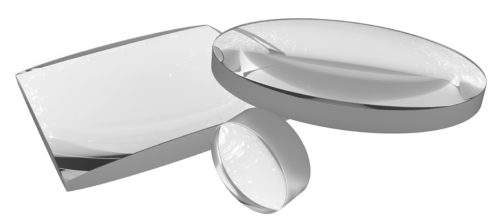 ACHROMATIC LENSES
ACHROMATIC LENSES
 OPTICAL BEAM SPLITTERS
OPTICAL BEAM SPLITTERS
